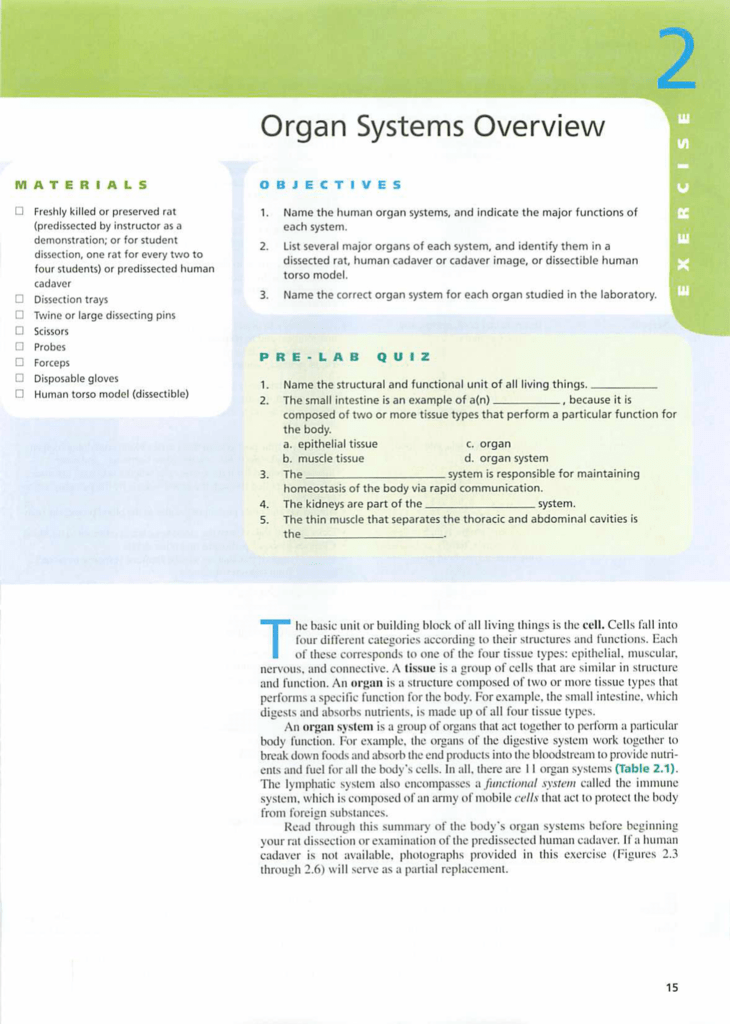
Made up of three segments - the duodenum, jejunum, and ileum - the small intestine is a 22-foot long muscular tube that breaks down food using enzymes released by the pancreas and bile from the liver.

When the contents of the stomach are processed enough, they’re released into the small intestine. Cells in the lining of your stomach secrete a strong acid and powerful enzymes that are responsible for the breakdown process. These enzymes continue the process of breaking down food into a usable form. The stomach is a hollow organ, or "container," that holds food while it is being mixed with stomach enzymes. (When it doesn’t and these contents flow back into the esophagus, you may experience acid reflux or heartburn.) Stomach The sphincter then contracts and prevents the contents of the stomach from flowing back into the esophagus.
#Organ system overview series
A series of muscular contractions within the esophagus called peristalsis delivers food to your stomach.īut first a ring-like muscle at the bottom of your esophagus called the lower esophageal sphincter has to relax to let the food in. The epiglottis is a small flap that folds over your windpipe as you swallow to prevent you from choking (when food goes into your windpipe). Located in your throat near your trachea (windpipe), the esophagus receives food from your mouth when you swallow. When you swallow, your tongue passes the food into your throat and into your esophagus. Your saliva mixes with the food to begin to break it down into a form your body can absorb and use. After you start eating, you chew your food into pieces that are more easily digested. Your salivary glands get active as you see and smell that pasta dish or warm bread. In fact, digestion starts before you even take a bite. The mouth is the beginning of the digestive tract.

Here’s how these organs work together in your digestive system. Helping them along the way are the pancreas, gall bladder and liver. The main organs that make up the digestive system (in order of their function) are the mouth, esophagus, stomach, small intestine, large intestine, rectum and anus. What organs make up the digestive system?

Your digestive system breaks down and absorbs nutrients from the food and liquids you consume to use for important things like energy, growth and repairing cells. Nutrients include carbohydrates, proteins, fats, vitamins, minerals and water.

Why is digestion important?ĭigestion is important because your body needs nutrients from the food you eat and the liquids you drink in order to stay healthy and function properly. And when it’s done with that, it handily packages your solid waste, or stool, for disposal when you have a bowel movement. Your digestive system is uniquely constructed to do its job of turning your food into the nutrients and energy you need to survive. The organs that make up your GI tract, in the order that they are connected, include your mouth, esophagus, stomach, small intestine, large intestine and anus. The GI tract is a series of hollow organs that are connected to each other from your mouth to your anus. Your digestive system is made up of the gastrointestinal (GI) tract and your liver, pancreas and gallbladder. Structure of the Digestive System What is the digestive system?


 0 kommentar(er)
0 kommentar(er)
